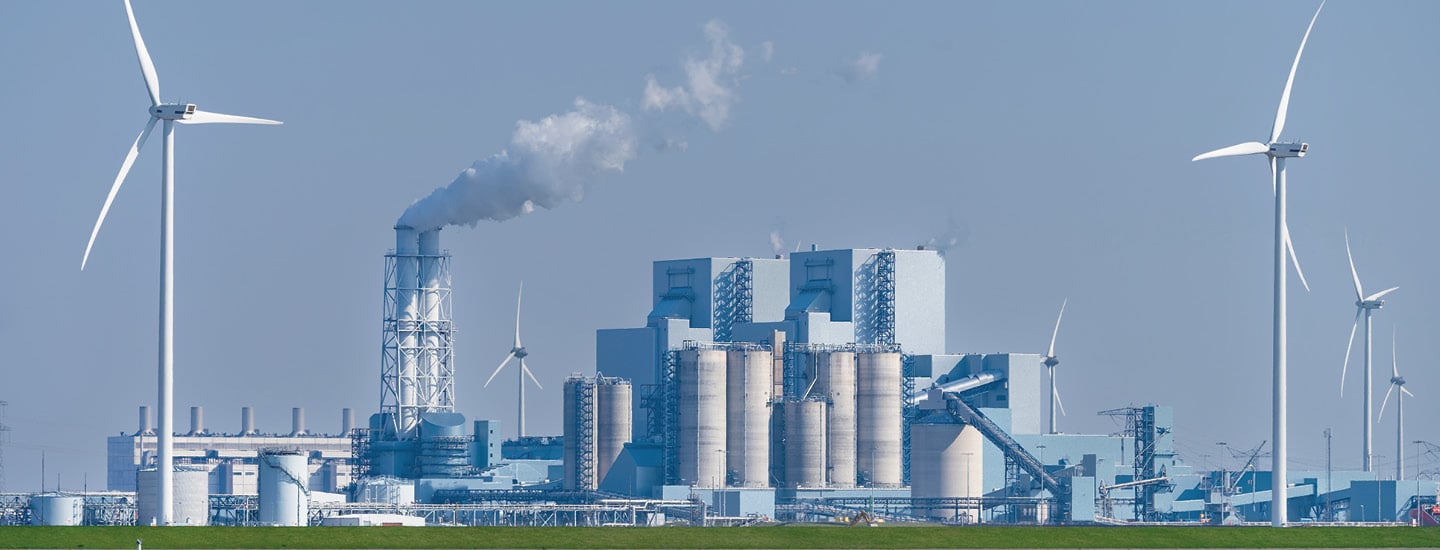America is in the midst of a clean energy revolution—one that’s bringing solar, wind, and battery technologies onto the grid and making old, dirty fossil fuel plants obsolete. It’s a trend that’s accelerating as the historic climate law Congress passed in 2022 continues to make renewable power even more competitive.
The reason is clear: economics. The cost of installing new wind turbines has fallen by nearly two-thirds since 2009; the cost of solar panels has dropped by a whopping 83 percent, according to the investment bank Lazard. Renewable energy is already typically cheaper than building a gas plant, which is why solar and wind alone are set to account for 65 percent of the new power capacity installed this year.
Perhaps nowhere better epitomizes this trend toward renewable energy than Texas, a state forever linked in our imagination with oil. Last summer, unrelenting heat caused record demand for electricity, but the power grid was able to keep the air conditioners humming thanks to a huge amount of new solar and battery installations over the past few years, which came on top of the state’s previous wind boom.

